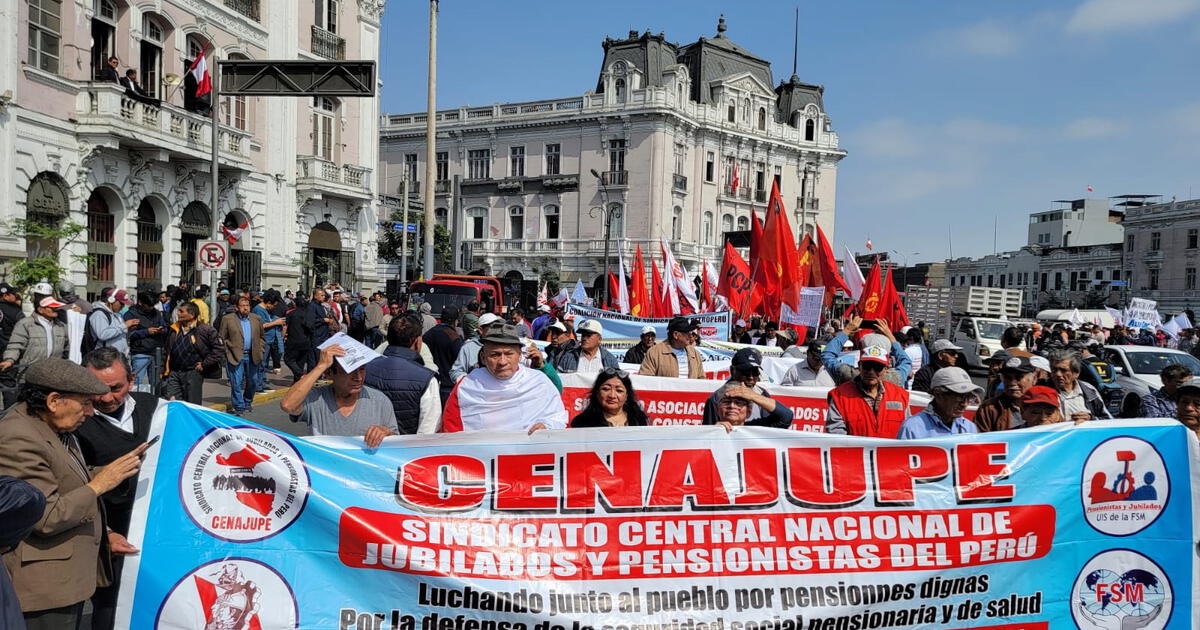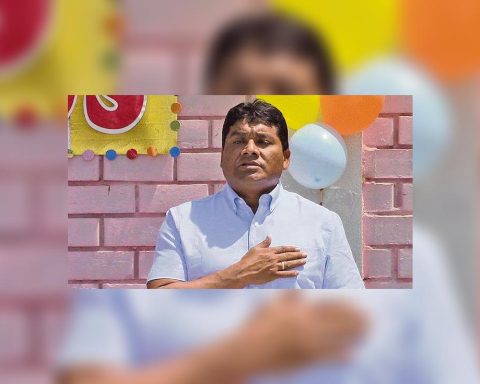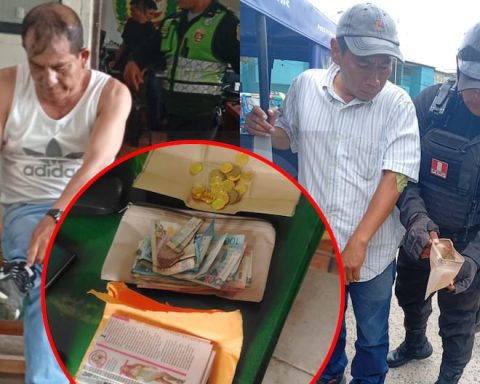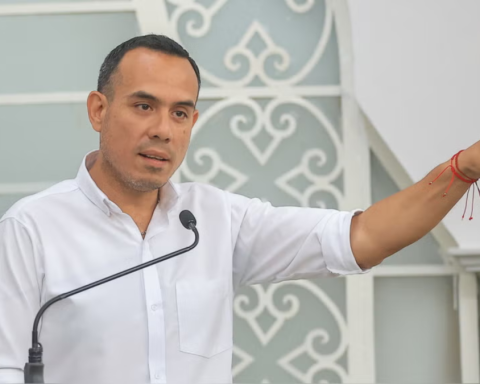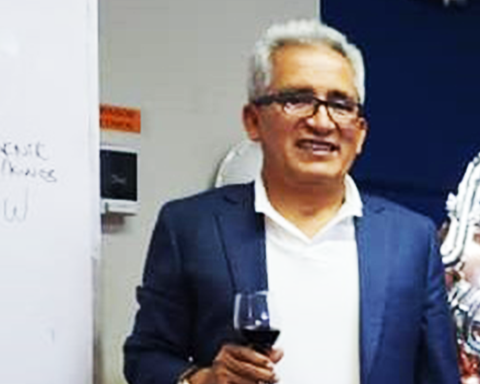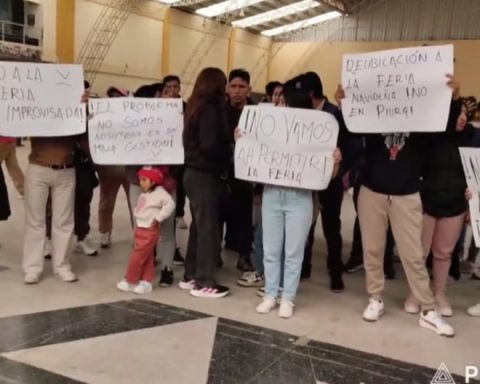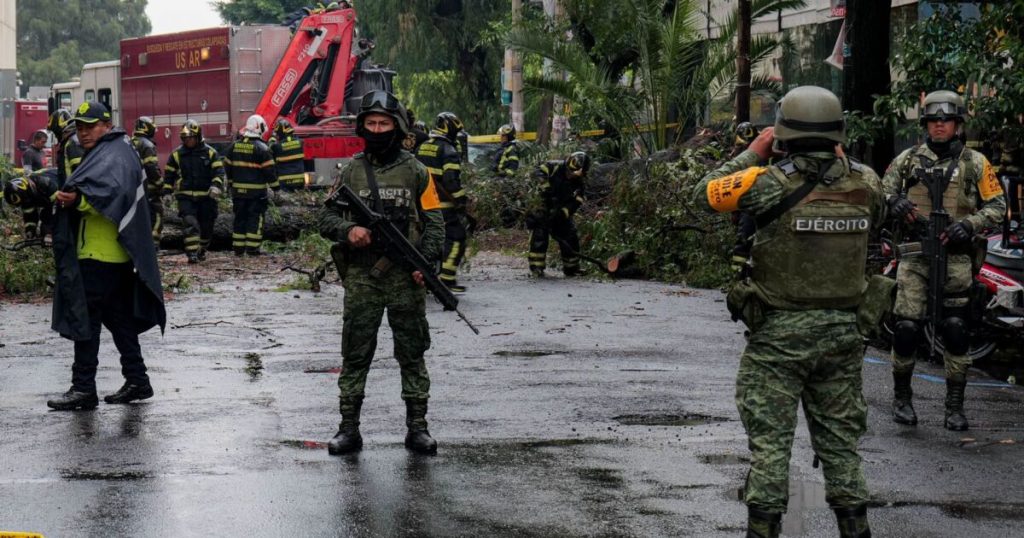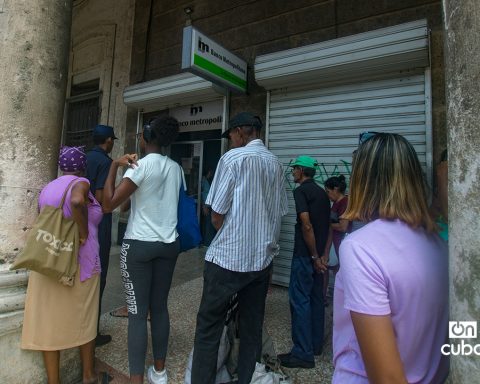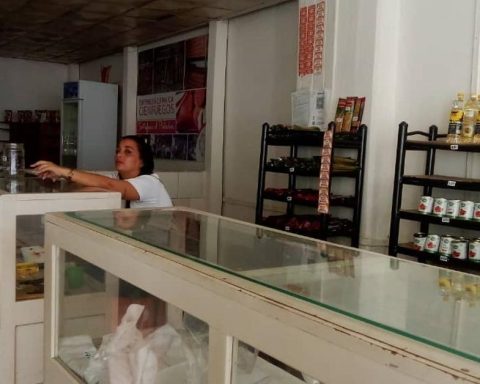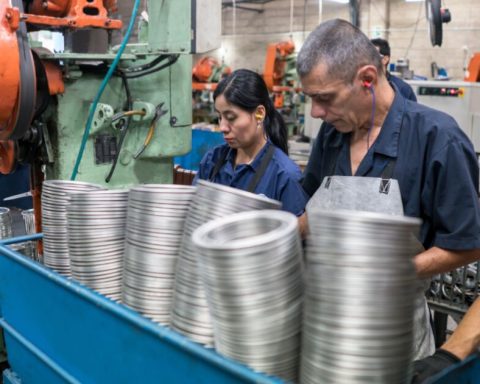Called by the General Confederation of Workers of Peru (CGTP) and on a day that commemorates the mobilization of July 19, 1977, the The members of this union took to the streets to demand better living conditions from the Government of Dina Boluarte with an increase in the minimum wage.freedom of association, citizen security, among other demands.
The workers, supported by social and political organizations, left from Plaza Dos de Mayo towards the Congress of the Republic. Along the way, the protesters shouted “Decent work with social justice!”
While On their banners and placards you could read strong phrases rejecting Dina Boluarte and Congress.One of those messages read: “United against the dictatorship. Down with the murderous Dina and the drug-dealing Congress.”
The request of social organizations isand he kept repeating “Democracy with justice and human rights for all.”
Meanwhile, construction workers spoke out against insecurity and violence on the construction sites where they work. Municipal workers were also present. “Without struggle there is no victory!” they chanted.
Several congressmen also attended this mobilization, including Sigrid Bazán, Jaime Quito and former legislator Indira Huilca. “We mobilized because we are facing a dictatorship. The political, economic and social crisis continues to deepen and today people want to express that. Those who govern us want to tell us that we are in Wonderland and it is not true. People are waiting for a change and will continue to express it in the streets,” said Huilca.
Former President Vizcarra
On the march too Former President Martín Vizcarra was there, who arrived with a large number of followers of his political party, Peru Primero.
He considered that it is necessary for citizens to speak out about the actions of the Government and Congress. “There are already many abuses against the population. We disagree with the fact that crime increases day by day, that there are no jobs for youth, that Congress tries to capture the various institutions. So, the time has come when the population has to say enough is enough,” said Vizcarra, who announced that he will be a candidate in 2026, despite the fact that Congress disqualified him from holding public office.
In regions
In the interior of the country, this mobilization took place in the morning hours. In Chiclayo, more than 300 people left the Parque Obrero towards the main streets of the Lambayeque capital. A large part of the participants were members of the Epsel (drinking water) workers’ union.
In Arequipa, the march began on two fronts: on one side, the Departmental Federation of Workers of Arequipa (FDTA) and, on the other, the social organizations of young people grouped in the Political Social Coordinator. Both arrived at the Plaza de Armas. Left-wing parties and collectives against the Tía María project also joined in.
Workers in Tacna also took to the streets. At a rally, they said that the union leaders’ slogan was to take to the streets to reject the government and Congress, which have minimal public approval. The general secretary of the construction union, Fidel Cejas Quispe, said that Boluarte’s permanence in office generates instability and more public rejection of public institutions. ❖
